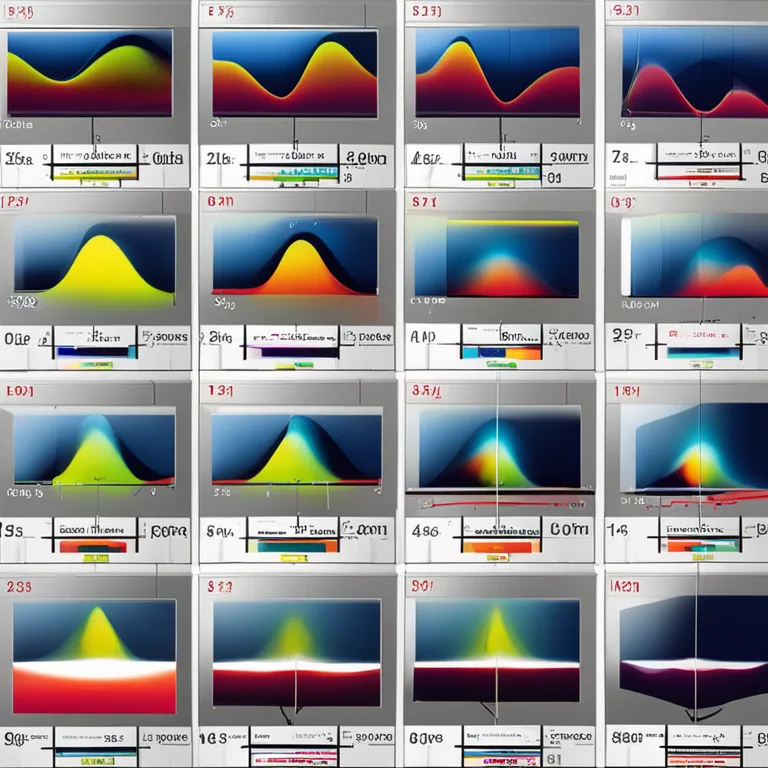
Delta Wave: Meditation Techniques
Discover effective delta wave meditation techniques to deepen your relaxation and improve your well-being.
article by Hina Kurosawa
Introduction to Delta Meditation
Meditation has long been recognized for its myriad health benefits — enhancing calmness, improving concentration, and offering a deep sense of relaxation. Within the vast spectrum of meditation practices, delta meditation emerges as a specialized technique aimed at invoking delta brainwave activity. Delta waves, typically associated with the deepest stages of sleep and restorative healing, can also be experienced during deep meditation. This article delves into delta meditation techniques designed to help individuals access the profound benefits associated with these waves.

The Science Behind Delta Waves
At the core of delta meditation is the principle of brainwave entrainment — a process by which the brain's electrical patterns align to an external stimulus, like sound or light. Delta waves are the slowest recorded brainwave frequencies, ranging about 1-4 Hz. They are predominantly active in deep, dreamless sleep, but through deliberate practice, one can promote these waves in a meditative state. This practice holds promise for immense therapeutic benefits, including improved sleep quality, decreased anxiety, and better emotional health.

Beginning with Breathing
The journey into delta meditation often starts with controlled breathing. A preliminary step, diaphragmatic breathing, involves a full, rhythmic inhalation that expands the diaphragm, followed by a slow, comprehensive exhalation. This technique helps to prepare the body for a deeper meditative experience and acts as the foundation for inducing the delta wave state. By settling into a rhythmic breath pattern, practitioners can transition their focus inwards and set the stage for further meditation techniques.

Utilizing Audio Entrainment
One of the most effective techniques for inducing delta waves is audio entrainment. This approach uses binaural beats or isochronic tones designed specifically within the delta frequency range. Listeners often use headphones to fully immerse themselves in these sounds, allowing the auditory stimulus to encourage the brain to synchronize with delta frequencies. When used consistently, this form of meditation may assist in achieving deeper levels of relaxation and restorative sleep.

Incorporating Guided Imagery
Guided imagery is another potent tool in delta meditation. Through visualizing serene and tranquil environments, practitioners can influence their mental state, promoting relaxation and the potential for accessing delta wave activity. Guided imagery can be facilitated by a recording or an instructor, leading the participant through a journey designed to deepen relaxation and elicit the delta wave state, sometimes incorporating suggestions that align with the practitioner's personal goals or needs.
Adopting a Regular Practice
To gain the full benefits of delta wave meditation, regular practice is essential. It often requires consistency and patience to become adept at entering into this deeply relaxed state. Devoting a specific time and place for meditation can help in building a routine. As with developing any skill, the more one practices delta meditation, the quicker the entrance into the delta state can become, leading to greater and more consistent benefits over time.
Caution and Considerations
While delta meditation is generally safe and beneficial, it's important to approach it with caution, especially for individuals with neurological disorders or those using psychoactive medication. Consulting a health professional before engaging in delta meditation practices is advised. Furthermore, beginners should integrate these techniques gradually, starting with shorter sessions and increasing duration as they grow more comfortable with the practice.
Conclusion
Delta meditation offers a path to deep relaxation and healing that draws on the natural power of the brain's delta wave activity. Through techniques like controlled breathing, audio entrainment, and guided imagery, practitioners can nurture their well-being and explore new depths of the meditative experience. While it may require dedication, the rewards of a consistent delta wave meditation practice are both profound and far-reaching for one's mental and emotional health.
Published: 12/20/2023
Modified: 12/20/2023
More predictions
Come back here soon to learn more about yourself and your future


The Art Of Meditative Sketching
Discover how meditation and mindfulness can enhance the art of drawing, offering a peaceful escape and a journey to self-discovery.


Advanced Techniques For Deepening Meditation
Discover the serene path to mindfulness meditation with this simple, step-by-step guide focused on fostering tranquility and self-awareness in your daily life.


The Essence Of Mindfulness Meditation
Discover the core principles and benefits of mindfulness meditation for a balanced and harmonious life beyond 2024.